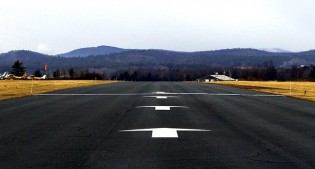Create a Site with WordPress: Media Management and Links

YNOT EUROPE – In the previous article we saw how to manage content on a website created in WordPress. In particular, we looked at the menu items in the admin panel that allow the placement and management of articles, categories and tags.
Today we will focus on multimedia components that can help to enrich your portal and make it attractive to an increasing number of users.
The term media refers to visual content such as images or video and audio that can add interest to any item on your site. Media also can become the basis of a business if you plan to create portals dedicated specifically to pictures or video.
Here we will analyze in detail the administration menu items that allow control of all types of media and links.
Media: The “Media” section of the left-hand menu is divided into two categories, Library and Add New. The first entry refers to the complete archive of all media that you have uploaded to include in the posts you create in WordPress.
Upon clicking the Media link in the left-hand navigation menu, a new screen appears. This is the Media Library screen. The Add New button appears in the top-middle of the screen and also is accessible in the left-hand submenu. Using this button, you can add content up to a maximum size of 10MB.
Below “Add New,” we find a list with the specifications of each file you’ve already uploaded. The filename and format, the author who posted the item, the page in which the item appears (if it has been attached to an article), the date of entry and any comments from the public (if you have enabled commenting) all help us to determine what type of files are available.
Links: This category is dedicated to links that we use within our site. Remember that Google attaches great importance to links, which form part of the basis for high rankings in the search engine’s results lists. In a nutshell, the algorithm by which you define the page rank of a portal is based on the site’s popularity, and Google considers both incoming and outgoing links an indication of popularity.
In the Links menu we can see which links are used and where they are located, in addition to their category, relationships, visibility and rating. You can create link categories just like you create article categories in order to differentiate the types of links you offer on specific pages.
A warning about creating links: Initially it might seem a good idea to link to as many other sites as possible, but choosing your links carefully is a better plan. The page rank and reliability rating of every link on your page affects your site’s page rank and reliability rating. It is better to have a few high-quality links than a long list of links the search engines consider questionable or potentially harmful.
This article was written for YNOT Europe by Eng. Antonio Lodesani. For more information, visit ingoccupati.blogspot.com (in Italian).

Comments are closed.





